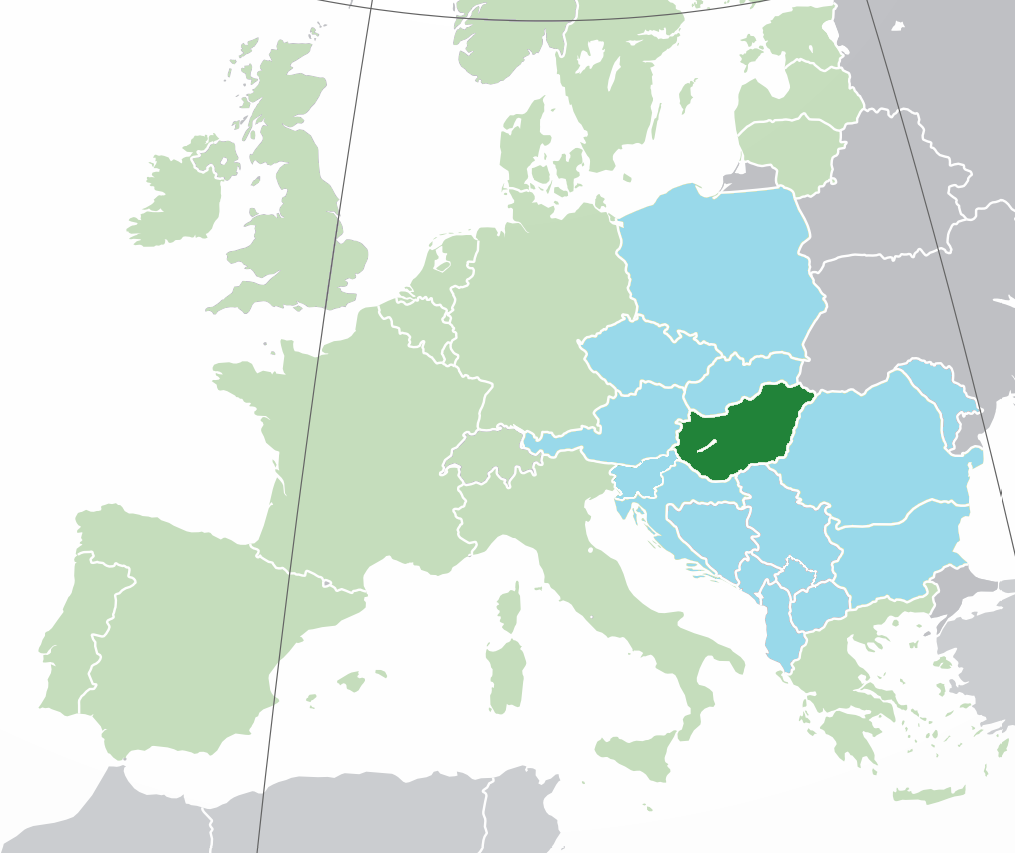Hungary

Hungary participates with one group located at (click on the group for further information):
Hungarian University of Agriculture and Life Sciences, Budapest
The research group at the Institute of Bioengineering and Process Control, of Hungarian University of Agriculture and Life Sciences, Budapest, Hungary, has been an active participant in food engineering and bioengineering education for decades. In line with the current 4.0 industrial revolution, its strategic focus areas include application and development of various measurement techniques, process control, process modeling, experimental design, industrial computer (PLC) programming, among other multidisciplinary courses. In addition to all this, for years, the group has been dealing with developing modern analytical measurement methods that can determine food quality traits and pinpoint deviations in food quality parameters. Their labs are equipped with rapid state-of-the-art technologies such as hyperspectral imaging, electronic tongue, rheology, ultrasound, vision systems and selection of handheld and benchtop spectrometers in conjunction with chemometrics enabling the objective characterization of the quality of wide range of food products.
Over the past nearly two decades, the group has acquired a deep knowledge of instrumental taste sensing and related data analysis techniques through work on various electronic tongue applications and method developments.
Over the past eight years, thanks to close collaboration with Biomeasurement Technology Laboratory, Kobe University, Japan, the group has been engaged in the innovative application of near-infrared spectroscopy, where water is no longer considered an enemy. Aquaphotomics, a novel, rapidly emerging scientific field with promising applications in diverse fields of science, is based on studying the changes in water molecular network in different biological samples giving a rapid and nondestructive analytical technique for exploring biological systems. The long list of successful research studies that the group has conducted demonstrates the high potential of aquaphotomics in the field of food science.
